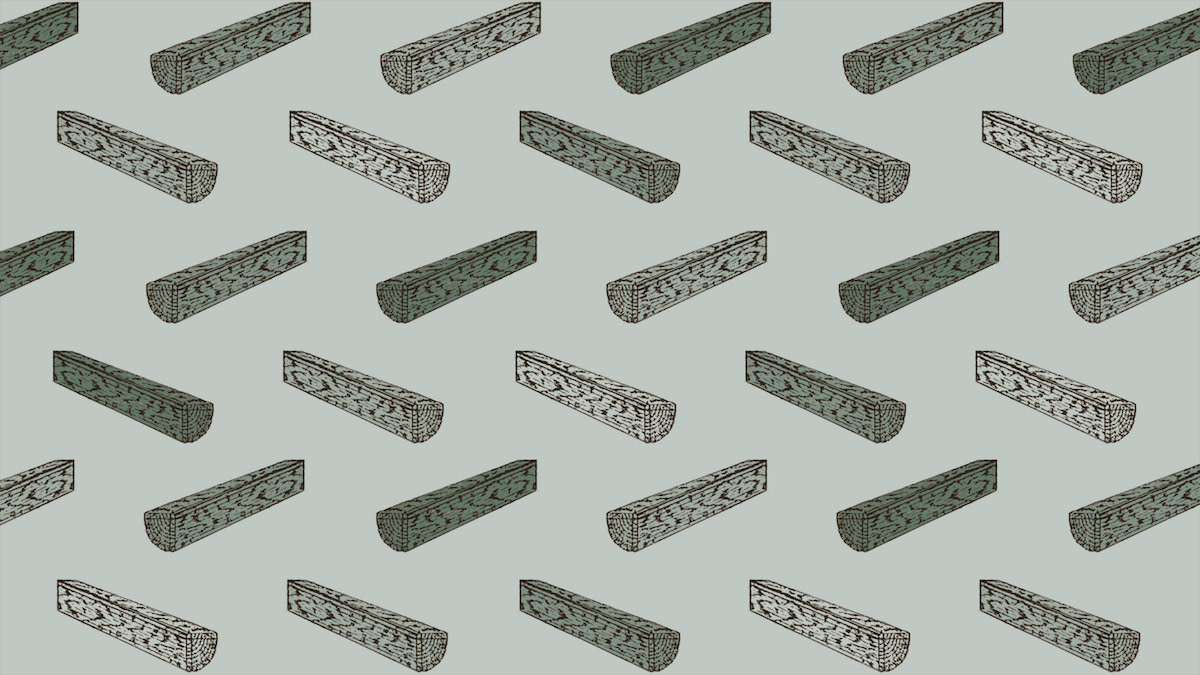Kiln-Dried vs. Air-Dried Wood: Learn How Seasoned Wood Is Used for Smoking
Written by MasterClass
Last updated: Aug 26, 2021 • 4 min read
Wood can’t just go straight from the tree to the smoker—first, it needs to be seasoned.
Learn From the Best
What Is the Difference Between Green Wood and Seasoned Wood?
Fresh, just-cut wood is known in the barbecue and woodworking worlds as “green wood.” We tend to think of wood as a dry product, but the logs that come straight from a living tree are actually full of water, which needs to evaporate before the wood can combust.
Dry wood is known as “seasoned wood,” and it’s actually not completely dry—it just contains the right amount of moisture for cooking (or building, if you’re shopping for lumber). There are two main ways of drying wood: air-drying and kiln-drying. Both drying processes get wood dry enough to use for cooking.
What Is the Difference Between Kiln-Dried and Air-Dried Wood?
Kiln-dried wood is wood that has been seasoned in a special wood-drying oven called a kiln. These kilns can be as simple as a small backyard hut with a fiberglass roof (called a solar kiln), but they’re typically giant gas- or electricity-powered industrial ovens.
- Kiln-dried wood is the most readily available type of cooking wood since it’s a faster and more controlled process than air-drying. Commercial facilities rely on kiln-drying, and so much of the packaged firewood sold in stores is kiln-dried. The downside of kiln-dried wood is that the exposure to high heat makes the wood extra dry, which causes it to burn faster and lose flavor.
- Air-dried wood is wood that has been dried outside in piles, by the sun. How long it takes to dry out will depend on climate. During a dry, hot summer the wood could be ready to go in a matter of weeks if it gets enough sunlight; during a cold, wet winter it may take months—or even a year. Air-dried wood has a higher moisture content than kiln-dried wood, making it more popular among pitmasters seeking optimal smokiness.
4 Ways To Tell If Wood Has Been Properly Seasoned
The best way to tell if a log is ready for the smoker is to simply pick up different logs from your pile and compare how they feel.
- 1. The heavier a piece of wood is, the more internal moisture it has.
- 2. During your cook, you’ll want some heftier logs that will burn longer and produce more smoke, but you don’t want logs with so much moisture that they have trouble combusting.
- 3. If the bark on the wood is starting to fall off or there are noticeable cracks in the grain, that’s a good sign that the wood is properly seasoned.
- 4. You can also thump the wood with your thumb: seasoned wood will give you a deeper, more full-bodied sound than fresh wood, which will sound more clipped and dull.
What Are Some Typical Cooking Woods?
In the early days of barbecue, the trees that were native to a region had as much to do with the development of a regional style as the kinds of livestock the local farmers raised and the types of sauces, marinades, and rubs that were used on the meat. Over time, it’s gotten easier to source different woods from around the country in the form of chunks and chips, but if you’re cooking with logs, you’re still likely to end up working with what’s growing around you.
Whether you’re using kiln-dried or air-dried woods, you’ll probably run into some of these popular hardwoods. (Remember: never use softwoods for cooking!)
- Alder. Abundant in the Pacific Northwest, alder produces delicate, sweet smoke that pairs well with poultry and fish, especially salmon, which is often grilled on alder planks.
- Oak. The defining wood of central Texas barbecue is a local form of white oak called post oak. One of the many uses of white oak is the production of whisky barrels, and if you use white oak or post oak for barbecue, you’ll notice the smoke gives the meat a slightly sweet, vanilla-tinged flavor similar to a Kentucky bourbon.
- Hickory. Hickory is one of the more popular choices for longer cooks. Like oak, it burns clean but has a slightly stronger flavor that’s comparable to bacon.
- Pecan. Technically a type of hickory, pecan wood has a mild, sweet flavor but doesn’t burn as long as oak or hickory. Use it for shorter cooks like fish, ribs, and poultry.
- Apple, cherry, peach, and pear. Similar to pecan, these fruitwoods burn faster than oak and hickory and produce smoke with an extremely subtle and well-rounded sweetness. For those reasons, they aren’t the best choice for brisket, but ideal for fish, poultry, and pork.
- Mesquite. Mesquite is one of the most abundant woods in Texas. It burns hot and fast, produces lots of smoke, and has an intense, earthy flavor. Mesquite takes a long time to cure but can be tamed. It’s best used for quick cooks like steak, or burnt down as coals.
Learn more about smoking techniques and Texas-style barbeque in Aaron Franklin’s MasterClass.
